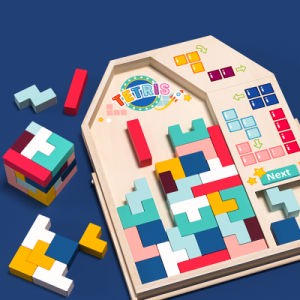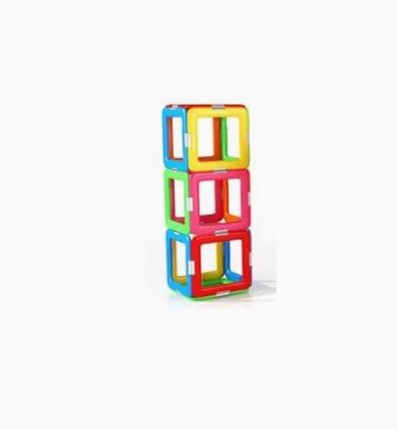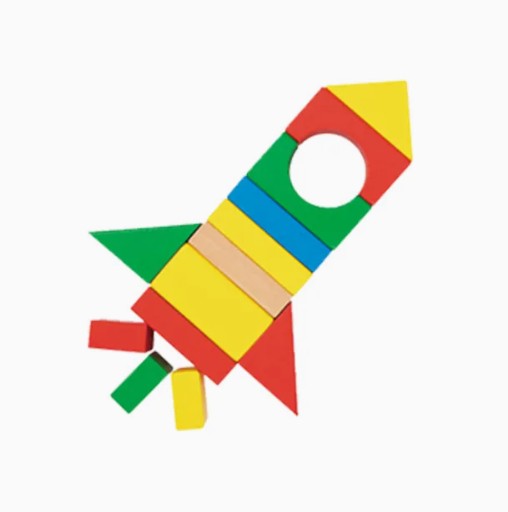Exploring the World of Plastic Educational Toys for Children
Product description
Plastic educational toys have become a cornerstone of early childhood development, combining vibrant designs, safety, and cognitive benefits. From building blocks to interactive playsets, these toys are designed to engage young minds while fostering essential skills. This article delves into popular products, material advantages, developmental importance, and answers common questions for parents.
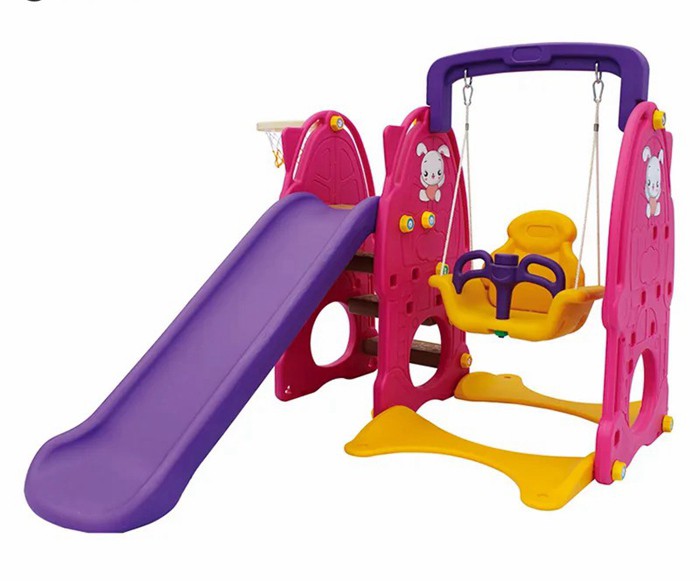
Product Overview
Plastic educational toys encompass a wide range of interactive and skillbuilding items tailored for children aged 1–8. Key categories include:
1. Building Blocks (e.g., LEGO®)
These modular toys encourage creativity and spatial reasoning. Brands like LEGO® offer agespecific kits from basic bricks for toddlers to complex STEMthemed sets for older children.
2. Magnetic Tiles
Colorful magnetic pieces allow children to construct 3D shapes, enhancing geometric understanding and problemsolving skills. Products like AULDEY Magnetic Tiles emphasize safe, smooth edges and strong yet manageable magnetism.
3. Activity Tables
Multifunctional tables such as the GuYu Play Table integrate puzzles, gears, and bilingual features to stimulate sensory and motor skills in infants.
4. RolePlay Sets
Plastic kitchens, toolkits, or themed playsets (e.g., fire stations) promote imaginative play and social interaction.
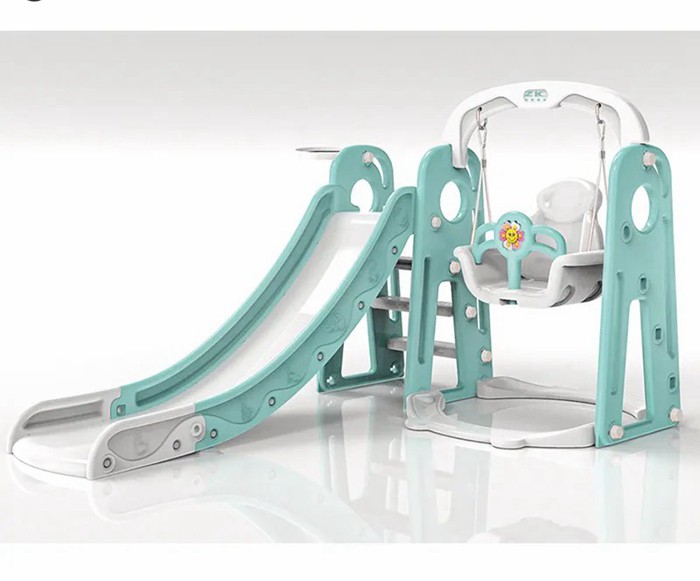
Advantages of Plastic Educational Toys
1. Safety and Durability
Made from nontoxic materials like polypropylene (PP) or highdensity polyethylene (HDPE), these toys are BPAfree, crackresistant, and free from sharp edges, ensuring child safety.
2. Ease of Maintenance
Plastic surfaces are easy to clean with mild soap, making them hygienic for frequent use.
3. Lightweight and Portable
Unlike wooden or metal toys, plastic variants are lightweight, ideal for both indoor and outdoor play.
4. Vibrant and Engaging Designs
Bright colors and themed shapes (e.g., animals, numbers) capture children’s attention, aiding in color recognition and sensory development.
5. EcoFriendly Innovations
Some brands now use recycled or plantbased plastics, reducing environmental impact.
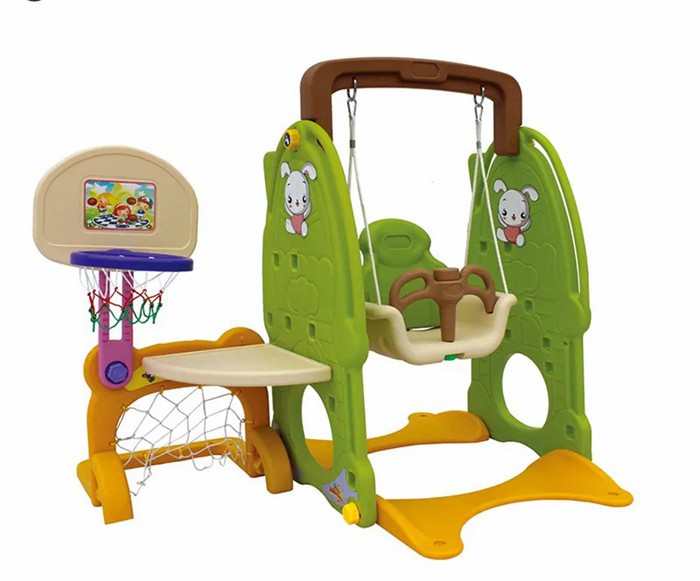
Importance for Child Development
Plastic educational toys play a pivotal role in nurturing foundational skills:
Cognitive Growth: Puzzles and building sets enhance problem solving and logical thinking. For example, magnetic tiles teach symmetry and balance.
Motor Skills: Activities like stacking blocks or threading beads improve handeye coordination and fine motor control.
Creativity and Imagination: Roleplay sets allow children to create narratives, fostering storytelling and social skills.
Early STEM Exposure: Kits with gears, ramps, or coding elements introduce basic physics and engineering concepts.
Emotional Resilience: Overcoming challenges such as completing a complex puzzle builds confidence and patience.
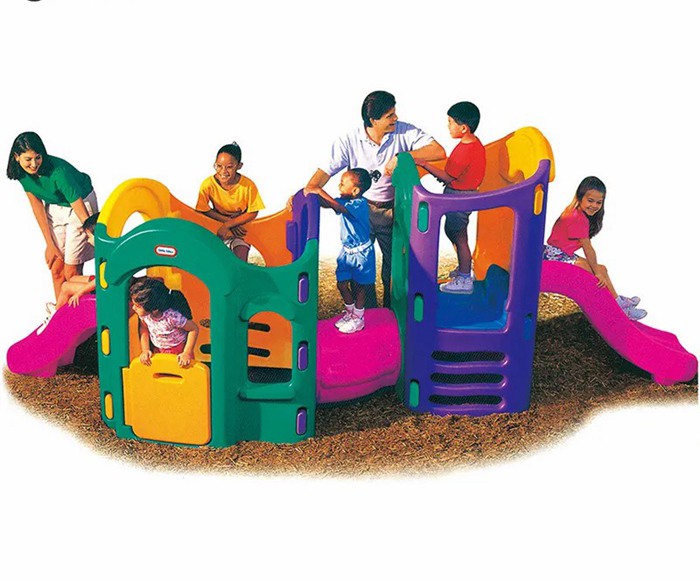
Q1: Are plastic educational toys safe for toddlers?
A: Yes, if they meet safety standards like ASTM F963 or EN71. Opt for BPAfree labels and avoid PVC, which may contain harmful additives.
Q2: How do I choose ageappropriate plastic toys?
A: Match the toy’s complexity to the child’s abilities. For example:
1–3 years: Large blocks or activity tables with simple mechanisms.
4–8 years: Magnetic tiles or STEM kits with moderate challenges.
Q3: Can plastic toys withstand outdoor use?
A: UV resistant plastics are designed for outdoor durability. However, store toys during extreme weather to prevent fading or warping.
Q4: Are there ecofriendly plastic toy options?
A: Yes! Brands like LEGO® use biobased plastics, while others incorporate recycled materials. Look for terms like “bioPE” or “sustainable resin”.
Q5: How do these toys compare to wooden alternatives?
A: Plastic toys are lighter, easier to clean, and often more affordable. However, wooden toys offer a natural tactile experience. A balanced mix of both is ideal.
Recommended products

